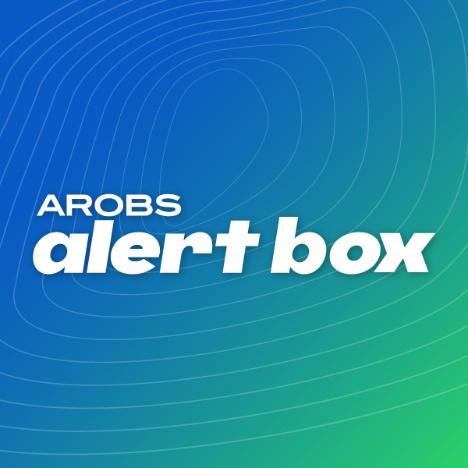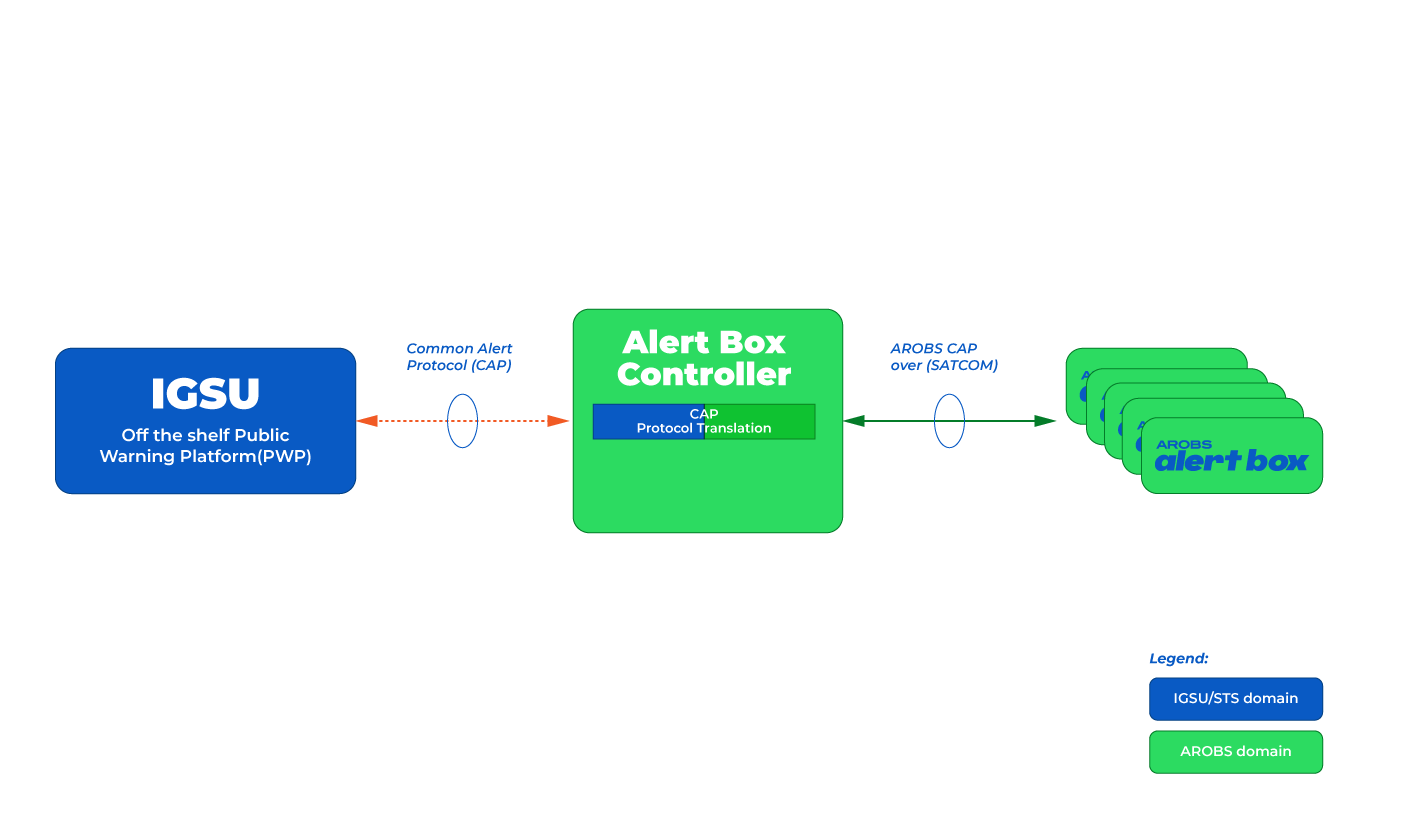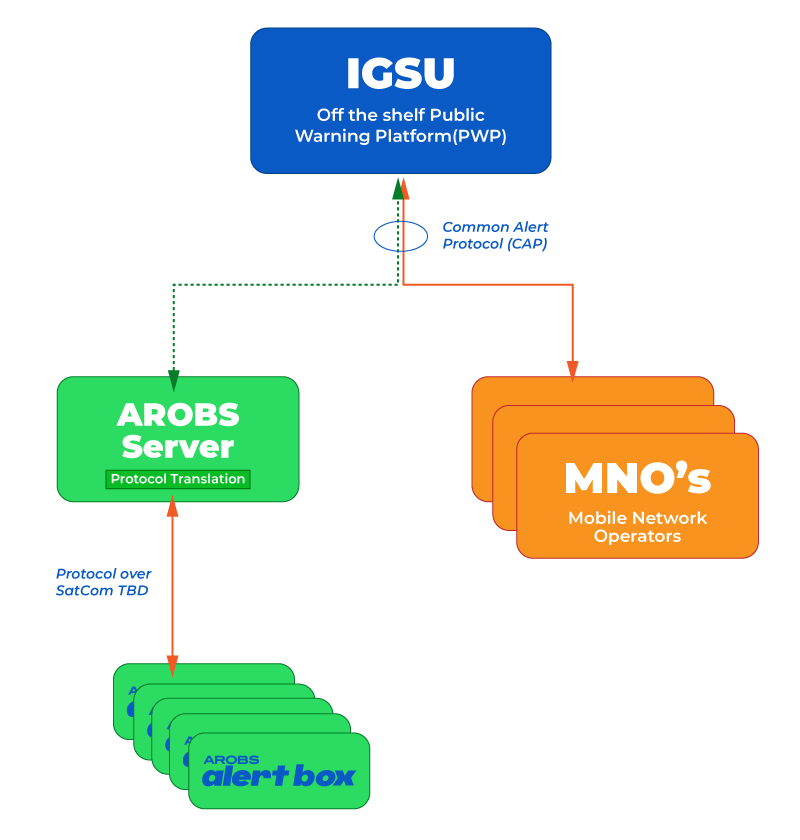
Objectives of the service
AROBS Engineering executed a comprehensive research and development project focused on addressing the challenge of accessing E-alert messages (via ISU – The General Inspectorate for Emergency Situations) and 112 emergency services, in areas that lack reliable GSM (Global System for Mobile Communication). The team created an emergency alert box that connects to national emergency response systems through the Iridium global satellite constellation system.
Remote Romanian regions lack dependable GSM coverage, and the general population cannot access emergency services like 112 and RO-Alert. In densely populated areas - during a catastrophic event, losing access to the GSM networks and power grids is very likely. The AlertBox ensures emergency communication even when communication channels are compromised. It will save lives and reduce economic losses in pressing occurrences such as natural or unnatural disasters resulting from human activity.
The product is a stand-alone unit connected via satellite with a centralized, secure server. The server, in turn, will communicate with local and national entities providing 112 and E-alert services.

AROBS AlertBox is an emergency backup solution for people to:
-
Send 112 texts to report an emergency.
-
See RO-Alert text messages sent by authorities on its display, a feature they would usually have access to on their phones when area has functioning GSM connectivity.
Users and their needs
The product’s end-users are people living in remote Romanian regions that may lack dependable GSM coverage for emergency services like 112 and RO-Alert (either due to their remote location – or in urban areas in case of catastrophic event). In the event of a disaster, these individuals need access to information to respond appropriately to the threat and minimize their losses.
AROBS Engineering developed an innovative emergency communication system to strengthen response strategies and provide timely, reliable alerts. Government agencies and public institutions are the target audience for the product, as they are the central policymakers in case of emergencies.
A similar deficiency challenges densely populated Romanian urban areas, helpless to the lack of GSM backup solutions. The risk of losing GSM coverage during a catastrophic event that disrupts the local power grid is very high.
Service/ system concept
The system will use satellite communication, provided by the Iridium satellite constellation as main provider, to receive emergency alerts anywhere the product is placed on Earth.
In compliance with authorities' infrastructure and security constraints, the system comprises two primary subsystems: a user-accessible stand-alone device box (AlertBox Device) and a dispatching and control server (AlertBox Controller). The AlertBox device displays relevant alerts for its location and allows users to send predefined emergency alerts to authorities using Iridium satellite communication system.

The AlertController is responsible for receiving or sending alerts from or to the proper authorities through secure channels. When receiving alerts from authorities, the AlertBox controller will validate those alerts and only send them to the AlertBox devices in the affected geographical area. When receiving alerts from any device, the AlertBox Controller will forward the alert message and the geolocation of the AlertBox device that initiated the emergency alert to the authorities.

Space Added Value
This backup emergency solution uses space assets like Low Earth Orbit (LEO) satellites to enable swift access to critical information, contributing to better scenario outcomes.
Our innovative project is designed to integrate with the Iridium Satellite Constellation through the Iridium Edge modem. This connection ensures global coverage, connecting its users to lifesaving information and enabling the proper intervention in life-threatening situations.
Current Status
The project has been kicked off in July 2023. During these months, the user needs, user requirements, and system requirements have been defined along with the first draft of the system and services design specification. The user and system requirements review was successfully passed on January 2024.
The system and services design specification review is planned for April 2024.




